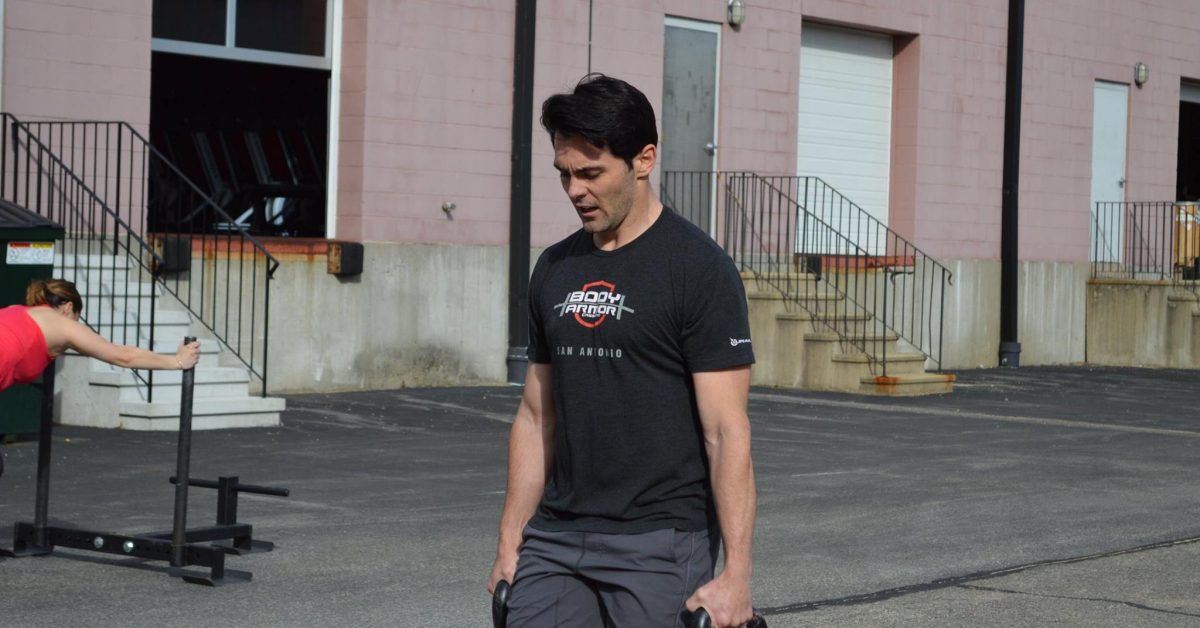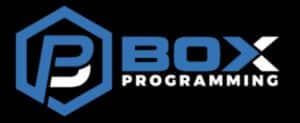I get it, it’s much cooler to do clean and jerks than rowing intervals. And I’d certainly much rather do some heavy back squats than some lunge variation. I often hear affiliate owners say things like, “I needed an extra day to do admin work so I scheduled a 5k row..Needless to say no one showed up.” Obviously you’re not going to have the same attendance day in and day out. People have lives outside the gym and things come up. But if you’re having a huge drop-off in attendance to even no one showing for a given class at all that’s a problem.
So how do we build value in the non-sexy training that no one wants to do?
- Explain in 60s or less to our athletes the “why” behind said training: When pieces like this pop-up it’s very easy to give clear direction and education as to why this training is beneficial from multiple perspectives.
- Build value in these pieces: We have the opportunity to constantly build value in our training. This goes back to knowing “why” which was covered in a previous blog, but this is a vital part of ensuring that people are not missing out on opportunities to better themselves.
- Explain the benefits from a cellular level: Talk about the need for aerobic work, unilateral work, and GPP work and how it’s going to get your clients closer to their goals. If your clients knows exactly the logic behind what you’re having them do it will give more reason to show up on a the “5k row Days”.
- Get creative: You don’t have to just schedule a 5k row or run. You can easily turn such pieces into partner/team workouts where athletes have the choice on how hard they want to push themselves. On these particular days I like to tell athletes to not worry about their scores/times (for some it’s mentally beneficial to not keep track once a week). If an athlete is feeling beat-up they can maintain slower intervals whereas if an athlete is on their first day of training for the week they can push each interval and try to maintain a higher level of intensity. The option is there to be more of an active recovery/aerobic piece or higher threshold intervals both of which are extremely beneficial for the CrossFit Open.
- Show athletes how much they have improved with test/retest every 12-16 weeks. Athletes will actually see that by showing up on days when there is more GPP, unilateral work, and aerobic work that they will feel better, look better, and perform better when we have the chance to re-test vital pieces for both strength and conditioning.
Overall, it’s on our hands as coaches to explain the value of these types of training and later build value with retesting. Once, you have retested usually any objections to “non-sexy” training go away and usually more people begin to enjoy these types of training. Many athletes enjoy the value of not always keeping score/time either and this will provide additional benefits for CNS recovery.
Below are some examples how this training can included in your regular programming.
Day 1:
Regularly Scheduled Programming
Day 2:
Strength Work (can be done after GPP work)
1a) DB Reverse Lunges + RDLs: 3 x 6 (1 + 1 = 1). Rest 30s.
1b) 1-Arm Arc DB Rows: 3 x 15 ea. Rest 30s.
1c) Russian Twists: 3 x 20. Rest 30s.
GPP Based Conditioning
5 Rounds of:
100 Meter Farmer Carry, AHAP.
100 Sled Push (moderate weight)
Rest 2:00
Day 3:
Regularly Scheduled Programming
Day 4:
Aerobic Work
With a partner in 30:00
100 Renegade Rows
200 Walking Lunges
300 Double Unders
Remaining time: Max Calories on the Rower
*One person works. Partition work however desired.
Day 5: Regularly Scheduled Programming
Day 6:
Partner Conditioning
Teams of 2:
20 RFT:
100m Run
10 Wallballs (20, 14)
10 KBS (53, 35)
*One athlete completes a full round at time.
Day 7:
Active Recovery
40:00 on the clock
Assault Bike at Z1
*Every 5:00 Complete:
10 Burpees


